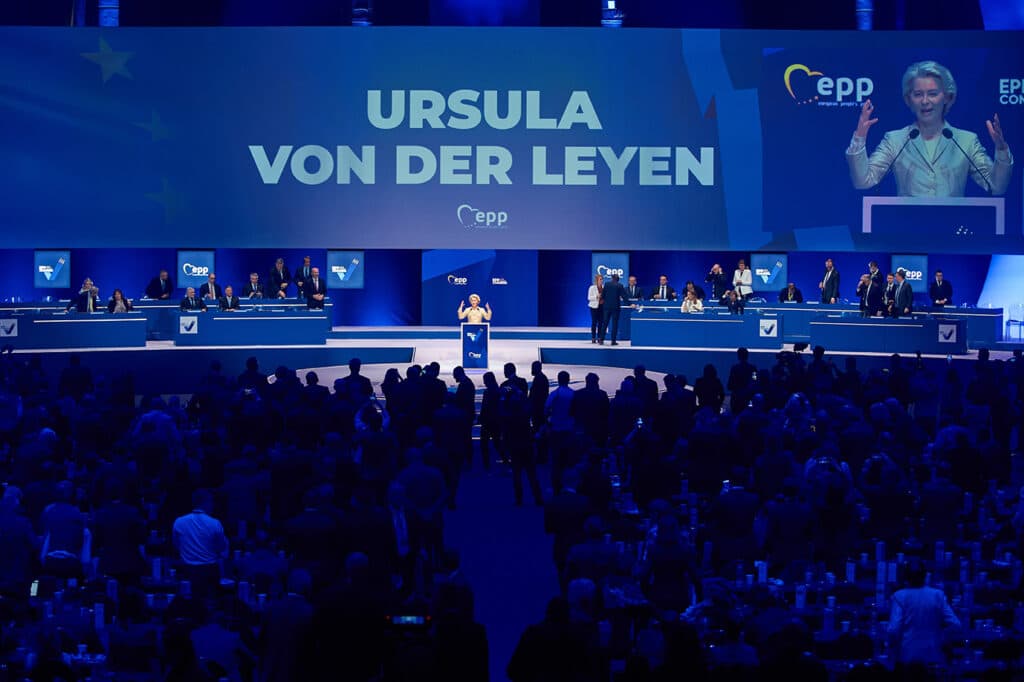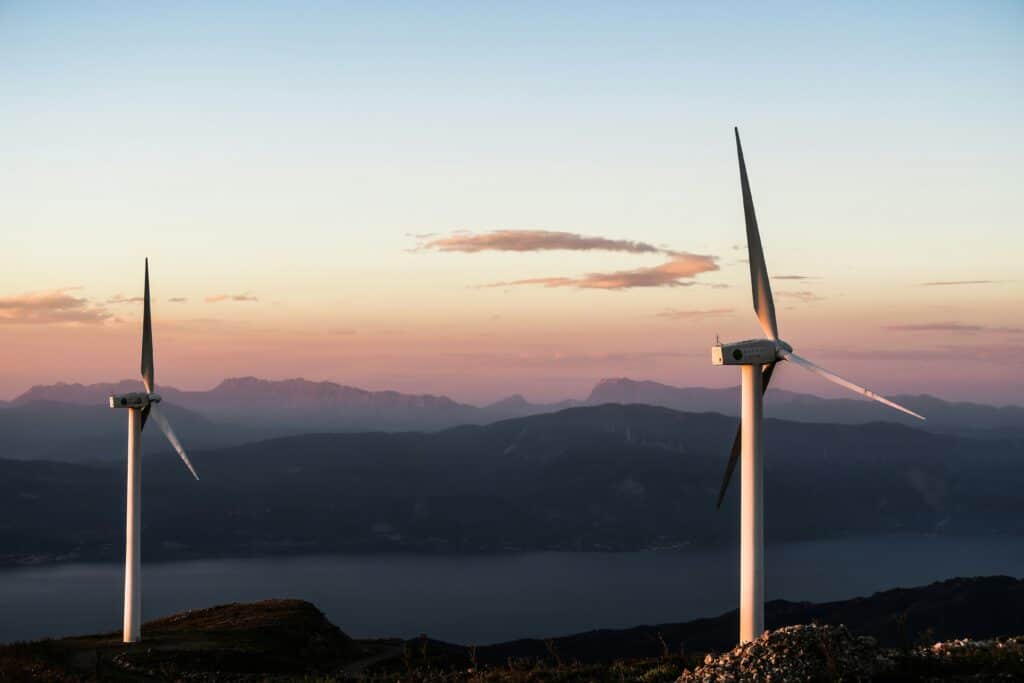The Clean Energy for all Europeans Package
What is the Clean Energy for all Europeans Package (also called the Clean Energy Package)? And which regulatory framework came before it?
What is the Clean Energy for all Europeans Package?
The Clean Energy for all Europeans package, in short, referred to as the Clean Energy Package (CEP), is a set of eight legislative acts on the energy performance of buildings, renewable energy, energy efficiency, governance and electricity market design. The European Commission published its initial proposal for the package in November 2016; that is why it was also nicknamed the Winter Package at that time. The package was completed by the publication of its final texts in the Official Journal of the European Union in June 2019, after a trialogue between the European Commission, Council and Parliament.
The CEP is the fourth package of its kind. Unlike the previous energy packages, it does not include specific legislation for the gas sector, for which a separate new gas package is foreseen to be proposed in 2020. The CEP builds further on the energy policy framework set by the Third Energy Package and paves the way for a gradual transition away from fossil fuels and towards a carbon-neutral economy. More specifically, the CEP updates the following EU targets for 2030:
- 40% cut in greenhouse gas (GHG) emissions compared to 1990 levels;
- 32% for renewable energy sources (RES) in the EU’s energy mix ¹;
- 32.5% energy efficiency target, relative to a baseline scenario established in 2007 ².
Finally, please note that, as a part of the EU Green Deal, the European Commission announced to revise the GHG emission target. More specifically, the European Commission intends to release in the summer 2020 “a comprehensive plan to increase the EU’s current 2030 target of at least -40% GHG emission reductions to at least -50% and towards -55%, compared to 1990 emission levels”.
What are the legislations in the Clean Energy Package?
The Clean Energy Package has four Directives and four Regulations:
- Energy Performance in Buildings Directive (EU) 2018/844: The Directive sets specific provisions for better and more energy–efficient buildings. It updates and amends many provisions from the Directive 2010/31/EU.
- Renewable Energy Directive (EU) 2018/2001: The Directive sets a binding target of 32% for renewable energy sources (RES) in the EU’s energy mix by 2030, with a possible review for an increase in 2023. It also includes provisions for mainstreaming RES in the transport and heating & cooling sectors.
- Energy Efficiency Directive (EU) 2018/2002: The Directive sets a target of 32.5% for energy efficiency for 2030, compared to a baseline scenario established in 2007, with a possible upward revision in 2023. It also includes provisions extending energy savings obligation and heat meters remote reading.
- Governance of the Energy Union Regulation (EU) 2018/1999: The Regulation sets a new governance system for the Energy Union. Each Member State is to establish an integrated 10-year National Energy and Climate Plan (NECP) for 2021 to 2030, with a longer-term view towards 2050. The plan is to outline how the Member State will achieve its respective targets.
- Electricity Regulation (EU) 2019/943: The Regulation sets principles for the internal EU electricity market. It focuses mainly on the wholesale market as well as network operation. In that regard, the Regulation includes provisions that affect certain articles in the electricity network codes and guidelines. It sets, for instance, a new bidding zone review process and establishes the regional coordination centres, replacing the regional security coordinators, and complementing the transmission system operators’ roles on a regional scope.
- Electricity Directive (EU) 2019/944; The Directive sets rules for the generation, transmission, distribution, supply and storage of electricity. It also includes consumer empowerment and protection aspects. In addition, the market design Directive sets provisions for distribution system operators’ flexibility procurement.
- Risk Preparedness Regulation (EU) 2019/941: The Regulation requires the Member States to prepare plans on how to deal with potential future electricity crises. They are to use common methods and identify the possible electricity crisis scenarios, at both national and regional levels. Risk preparedness plans shall be based on these scenarios.
- ACER Regulation (EU) 2019/942: The Regulation updates the role and functioning of the European Union Agency for the Cooperation of Energy Regulators (ACER). The Clean Energy Package also increases the competence of the ACER in cross-border cooperation. Moreover, it adapts the ACER’s tasks to the new regulatory framework established by the Clean Energy Package, such as for the decision on the system operation regions and the monitoring of regional coordination centres.
What is the difference between a Directive and a Regulation?
With regard to the legislative texts of the CEP, we can see that there are two different types of legislation; Regulation and Directives. It is, therefore, essential to differentiate between them.
A Regulation is a binding legislative act. It is to be applied wholly in every Member State across the EU. An example is the introduction of the European entity for distribution system operators, of which the establishment process is laid down, or the question of security of supply and the new process for the implementation of capacity mechanisms, that is subject to a binding resource adequacy assessment.
A Directive is a legislative act that sets out common principles for national regulatory frameworks or for the achievement of common goals. Examples are the regulatory framework for individual and collective self-consumption, as well as for citizen energy communities in Directive (EU) 2019/944, or a goal, such as the 32 % RES target in Directive (EU) 2018/2001, which the Member States must achieve. Member States need to transpose the Directives into national laws and as such are given certain freedom regarding the detailed implementation.
Among the other legal acts in the EU law, we find Decisions, Recommendations and Opinions. Decisions are binding on the Member States to whom they are addressed. Recommendations suggest lines of actions that are not binding and do not have any legal consequences. Finally, Opinions are also not binding and allow institutions to make a statement without an underlying obligation.
What was there before the Clean Energy Package?
Below you can find the chronology of the energy packages legislations preceding the Clean Energy Package:
- The First Energy Package contained two Directives; the first Electricity Directive 96/92/EC adopted in 1996 and the first gas Directive 98/30/EC adopted in 1998. The Package laid down provisions for the liberalisation of the internal market for electricity and gas. Management and accounting unbundling of national transmission system operators (TSOs) were required. Member States had to transpose these Directives into national law by 1998 and 2000 respectively for electricity and gas.
- The Second Energy Package was adopted in 2003 and contained two Directives and one Regulation; the second electricity Directive 2003/54/EC, the second gas Directive 2003/55/EC, and Regulation (EC) No 1228/2003 on conditions for access to the network for cross border exchanges in electricity. The Package continued the liberalisation of the internal market for electricity and gas, enabling, for instance, industrial and domestic consumers to choose their own gas and electricity suppliers freely. Legal unbundling of TSOs was required. Importantly, the Second Package also required the Member States to create national regulatory agencies (NRAs) that are independent of the electricity industry. The Second Energy Package Directives were to be transposed at national levels by 2004, with some provisions entering into force only in 2007.
- The Third Energy Package was adopted in 2009 and contained two Directives and three Regulations. The two Directives are the electricity Directive 2009/72/EC and the gas Directive 2009/73/EC. The three Regulations are; Regulation (EC) No 713/2009 establishing an Agency for the Cooperation of Energy Regulators, Regulation (EC) No 714/2009 on conditions for access to the network for cross-border exchanges and Regulation (EC) No 715/2009 on conditions for access to the natural gas transmission networks. The package pursued the aim of further liberalising and integrating the internal energy markets. It included for example provisions requiring further unbundling of network operators and the establishment of ACER. The Third Package also strengthened the independence of NRAs. Importantly, also the European Networks for Transmission System Operators for electricity and gas (ENTSO-E and ENTSO-G) were created to enhance cross-border cooperation. The Third Energy Package also set rules for opening and improving competition in retail markets. Finally, the Third Energy Package triggered the creation of electricity and gas network codes, the detailed rules governing these respective markets today. The Package had to be transposed by the Member States by March 2011.
As can be seen, each Energy Package did increase in scope and detail compared to the previous one.
The FSR Clean Energy Package annual course discusses the continuous development related to the implementation of the different provisions in the CEP.
¹ It updates the original RES target of at least 27% of the 2030 climate & energy framework.
² It updates the original energy efficiency target of at least 27% of the 2030 climate & energy framework.
If you still have questions or doubt about the topic, do not hesitate to contact one of our academic experts:
Relevant links
- The EU clean energy package (ed. 2019): detailed report about the Clean Energy Package
- The EU clean energy package (ed. 2020): detailed report about the Clean Energy Package
- Evolution of electricity markets in Europe: online course discussing in depth the evolution of EU electricity markets driven by the different Energy Packages







